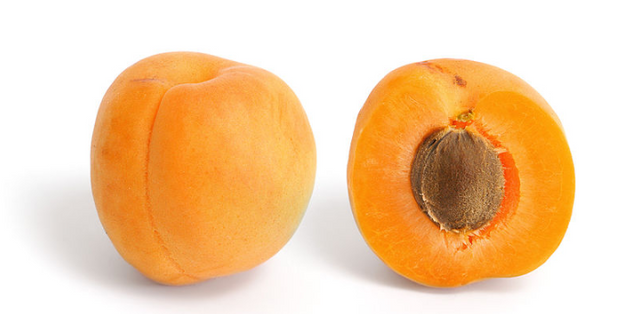
The origin of the apricot is disputed and unsettled. It was known in Armenia during ancient times, and has been cultivated there for so long that it is often thought to have originated there. Its scientific name Prunus armeniaca (Armenian plum) derives from that assumption. For example, the Belgian arborist baron de Poerderlé, writing in the 1770s, asserted, "Cet arbre tire son nom de l'Arménie, province d'Asie, d'où il est originaire et d'où il fut porté en Europe ..." ("this tree takes its name from Armenia, province of Asia, where it is native, and whence it was brought to Europe ...").An archaeological excavation at Garni in Armenia found apricot seeds in an Eneolithic-era site.Despite the great number of varieties of apricots that are grown in Armenia today (about 50), according to the Soviet botanist Nikolai Vavilov, its center of origin would be the Chinese region, where the domestication of the apricot would have taken place. Other sources say that the apricot was first cultivated in India in about 3000 BC.
Its introduction to Greece is attributed to Alexander the Great.Subsequent sources were often confused about the origin of the species. John Claudius Loudon (1838) believed it had a wide native range including Armenia, the Caucasus, the Himalayas, China, and Japan.
Apricots have been cultivated in Persia since antiquity, and dried ones were an important commodity on Persian trade routes. Apricots remain an important fruit in modern-day Iran.[citation needed]
Egyptians usually dry apricots, add sweetener, and then use them to make a drink called amar al-dīn.[citation needed]
In England during the 17th century, apricot oil was used in herbalism treatments intended to act against tumors, swelling, and ulcers.
In the 17th century, English settlers brought the apricot to the English colonies in the New World. Most of modern American production of apricots comes from the seedlings carried to the west coast by Spanish missionaries. Almost all U.S. commercial production is in California, with some in Washington and Utah.
Cultivation practices:
Apricots have a chilling requirement of 300 to 900 chilling units. A dry climate is good for fruit maturation. The tree is slightly more cold-hardy than the peach, tolerating winter temperatures as cold as −30 °C (−22 °F) or lower if healthy. They are hardy in USDA zones 5 through 8. A limiting factor in apricot culture is spring frosts: They tend to flower very early (in early March in western Europe), meaning spring frost can kill the flowers. Furthermore, the trees are sensitive to temperature changes during the winter season. In China, winters can be very cold, but temperatures tend to be more stable than in Europe and especially North America, where large temperature swings can occur in winter. Hybridisation with the closely related Prunus sibirica (Siberian apricot; hardy to −50 °C (−58 °F) but with less palatable fruit) offers options for breeding more cold-tolerant plants.[17] They prefer well-drained soils with a pH of 6.0 to 7.0.
Apricot cultivars are usually grafted onto plum or peach rootstocks. The cultivar scion provides the fruit characteristics, such as flavour and size, but the rootstock provides the growth characteristics of the plant. Some of the more popular US apricot cultivars are 'Blenheim', 'Wenatchee Moorpark', 'Tilton', and 'Perfection'. Some apricot cultivars are self-compatible and do not require pollinizer trees; others are not: 'Moongold' and 'Sungold', for example, must be planted in pairs so that they can pollinate each other.
Hybridisors have created what is known as a "black apricot" or "purple apricot", (Prunus dasycarpa), a hybrid of an apricot and the cherry plum (Prunus cerasifera). Other apricot–plum hybrids are variously called plumcots, apriplums, pluots, or apriums
NUTRITIONAL VALUE:
DRIED APRICOTS...
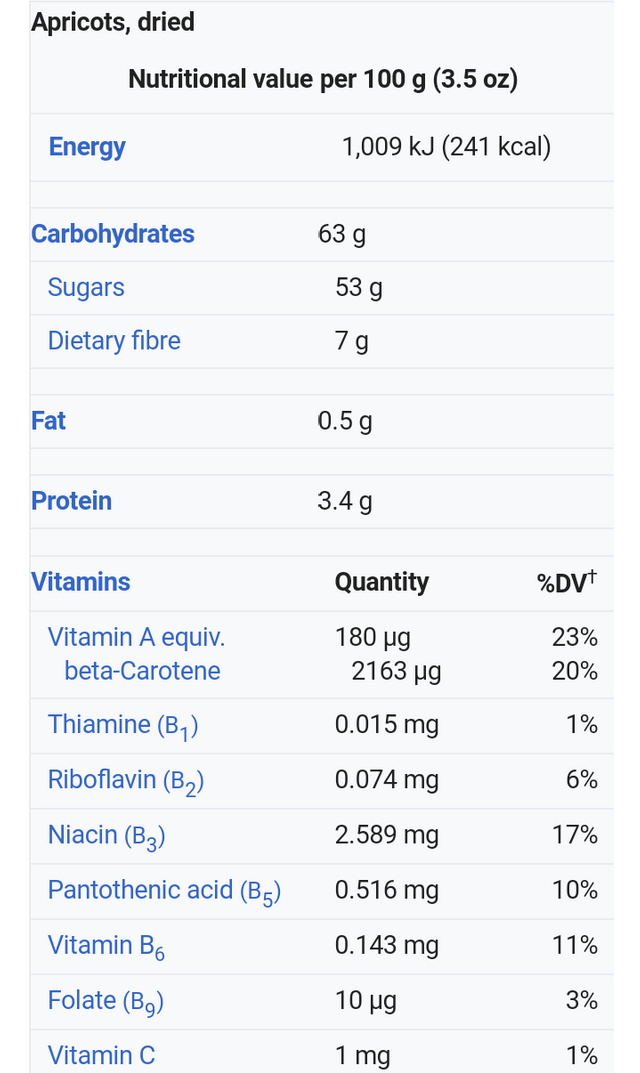
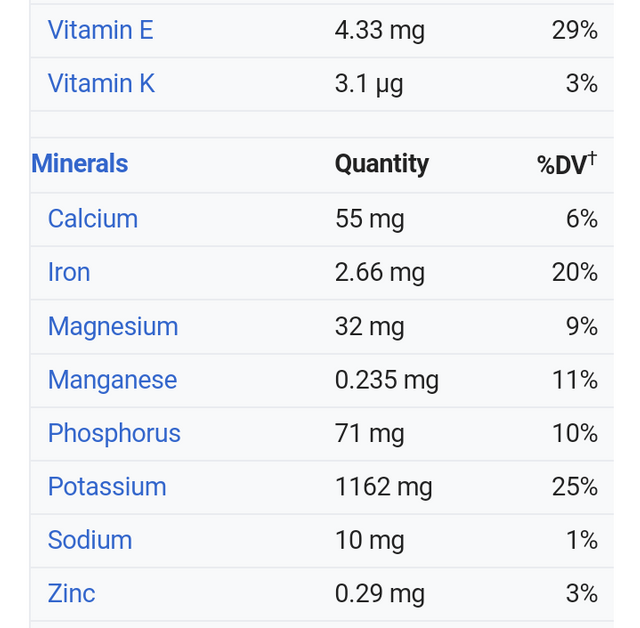
RAW APRICOTS...
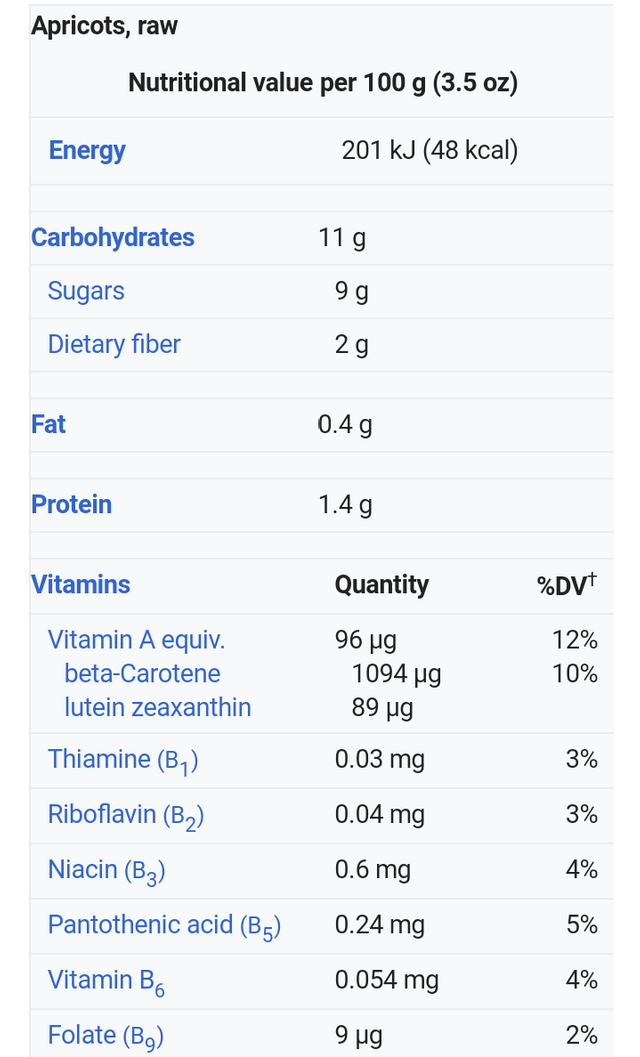
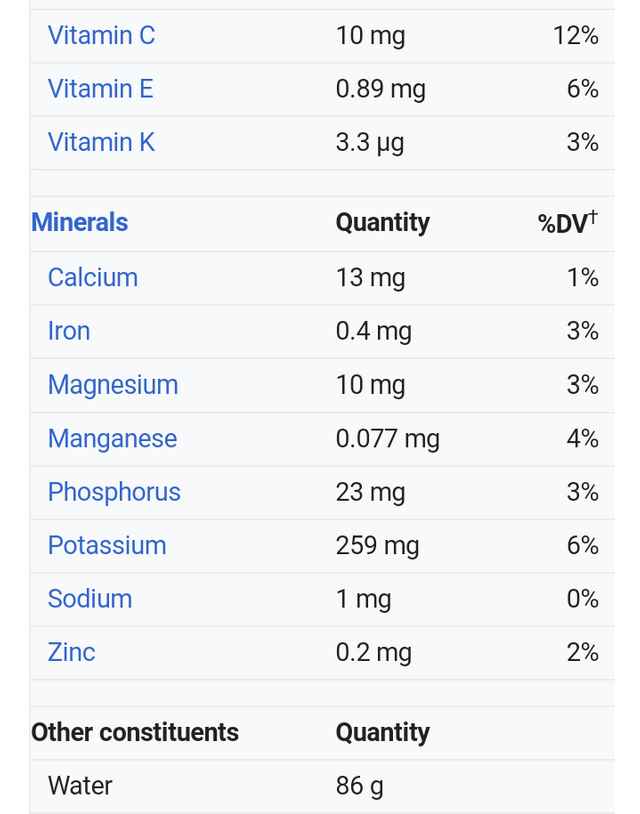
MEDICINAL BENEFITS....
#1.Good source of vitamin A
Apricots are packed with Vitamin A, which is also known as retinol. It’s fat soluble, and helps in the enhancement of vision, among other things. And it keeps the immune system in check, protecting your skin in the process. Retinol and Beta Carotene (also present in apricots) also reduces the chances of you developing a serious eye-related disorder called Neovascular ARMD – an age-related macular degeneration that causes loss of vision over the years.
#2.Rich in Fiber
Whether you eat it dried, or fresh, apricots are a good source of dietary fiber. Given that the retinol in apricot is fat soluble, the fruit dissolves in the body easily, and the important nutrients are easily absorbed by the system. And it breaks down fatty acids fast, which means your digestion is in order. And not only that, the fruit protects you from gastrointestinal concerns by cleaning out the intestines regularly.
#3.Good for Your Heart
Given that the fruit is high on fiber content, it helps to reduce the bad cholesterol content in the body, and that means your heart is protected. And at the same time, it increases the good cholesterol. Plus the potassium content in the fruit balances the electrolyte levels in our system, keeping our heart muscles in order. All you have to do is eat one or two fresh apricots every day, or a handful of dried ones.
#4.Treasure Chest of Antioxidants
Ripe apricots are natural sources of antioxidants. When consumed daily, it helps the body to get rid of toxins that we tend to collect over time. Antioxidants in turn also kill free radicals that damage our cells.
#5.Good for Your Blood
Any plant produce that contains iron has non-heme iron, and that includes apricot. This type of iron takes its time to be absorbed by the body, and the longer it stays in the system, the better your chances in preventing anemia. It’s recommended that you take some vitamin C along with it to ensure better absorption of the non-heme iron.
#6. Good for the Skin
The combination of Vitamin C, A, and phytonutrients ensures good skin. And did you know that the antioxidants in the apricot also slow the ageing process? So apart from a good skin care regime, don’t forget to eat some apricots every day.
#7.It’s Diet Friendly
The dietary fiber in the fruit improves your digestive system, which helps to increase your metabolism. And it’s often recommended that you eat a few apricots as a snack when you’re feeling peckish, especially if you’re on a diet. It fills you up but doesn’t add unnecessary calories. However, remember to rinse your mouth after you eat the dried version. Dried fruits contain more sugar, and you don’t want that to affect your dental health.
#8.It Strengthens Your Bones
Calcium is much required in the formation and development of bones, and apricot has lots of it. What’s also interesting to note that without enough potassium in the body, the calcium is not absorbed and disposed of uniformly. And the good news is that the apricot has both of them!
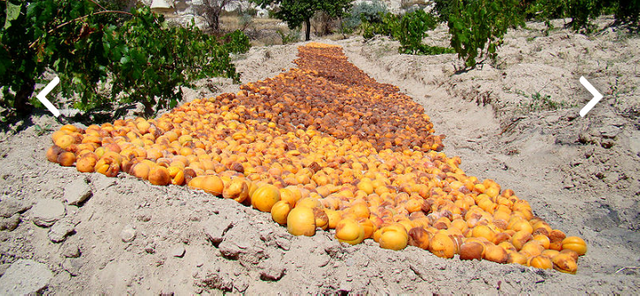
HIW TO ADD APRICOTS TO YOUR DIET:
Like most tasty fruits, the apricot can be eaten in multiple ways. The dried and the fresh version are the easiest. But you could also chop apricots up and add them to your morning cereal. You can even make a blend of it with yoghurt and make a dip or a spread for bread (if you don’t mind a sweetish sandwich that is). Apricots are also used liberally in jams and preserves, and if you can figure out a recipe that uses little or no sugar, you can eat it without feeling too guilty.Apricot tarts, pies, crumbles and cakes are popular, but did you know you could also use apricot to add extra flavour (and health of course) to your salad? The fruit goes well with green leaves, feta, and almonds. And all you need to finish the salad is a little balsamic dressing!Dried apricots are of course way easier to store, as long as you don’t keep it under too much light, but fresh apricots need to be consumed quicker as the skin might get wrinkled, and the fruit will begin to lose its efficacy.
Source
Plagiarism is the copying & pasting of others work without giving credit to the original author or artist. Plagiarized posts are considered spam.
Spam is discouraged by the community, and may result in action from the cheetah bot.
More information and tips on sharing content.
If you believe this comment is in error, please contact us in #disputes on Discord
Downvoting a post can decrease pending rewards and make it less visible. Common reasons:
Submit